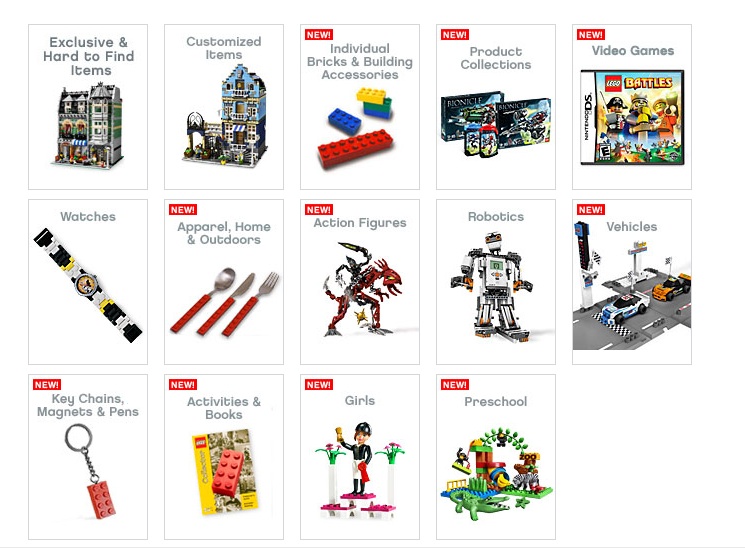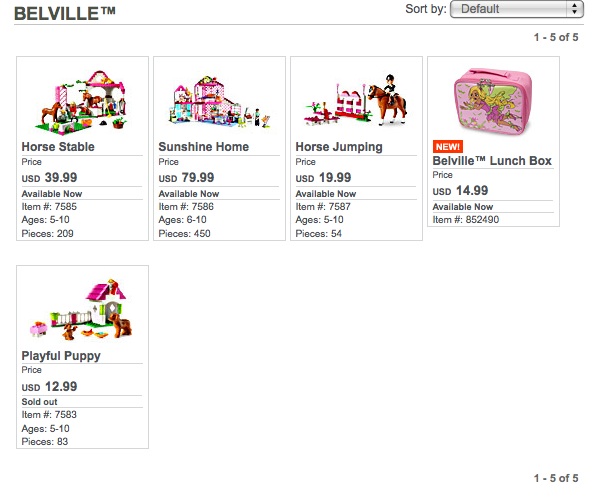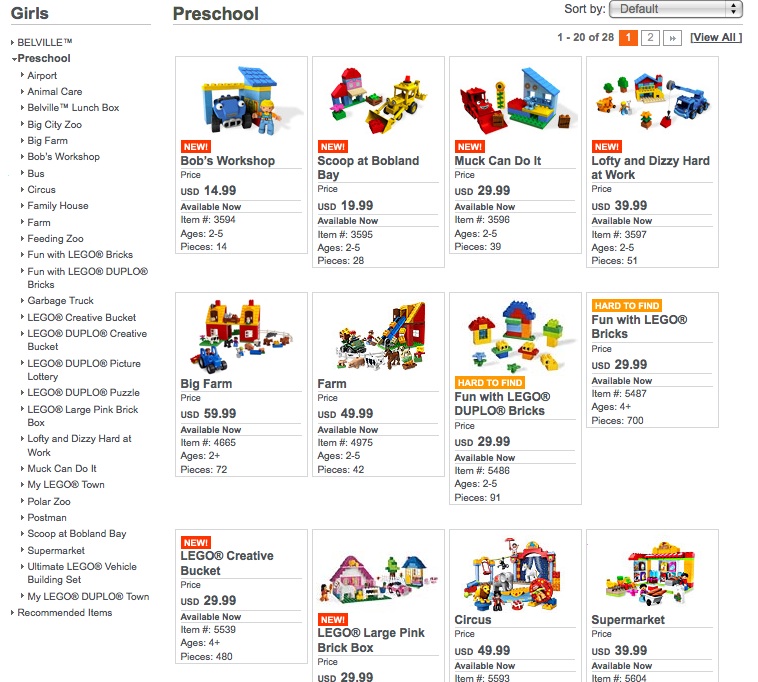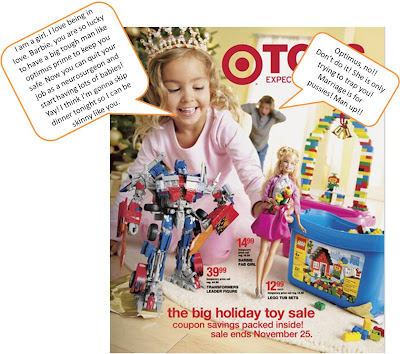Some have observed that advertisements featuring kids often present active boys and passive girls. This vintage ad is a great example of what that looks like:
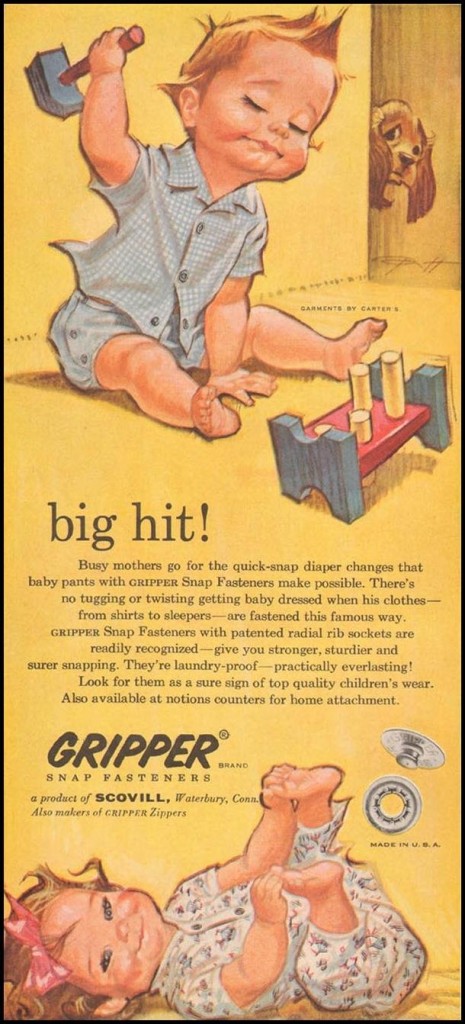
Lisa Wade, PhD is an Associate Professor at Tulane University. She is the author of American Hookup, a book about college sexual culture; a textbook about gender; and a forthcoming introductory text: Terrible Magnificent Sociology. You can follow her on Twitter and Instagram.




